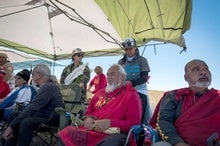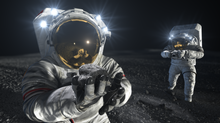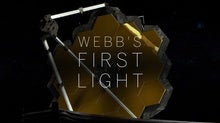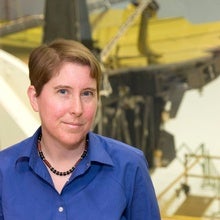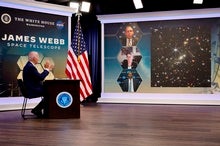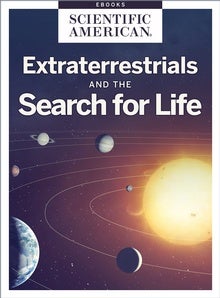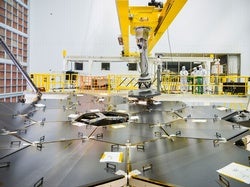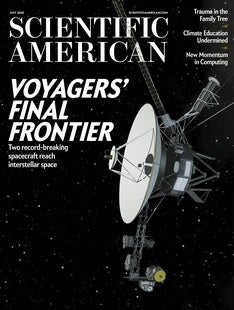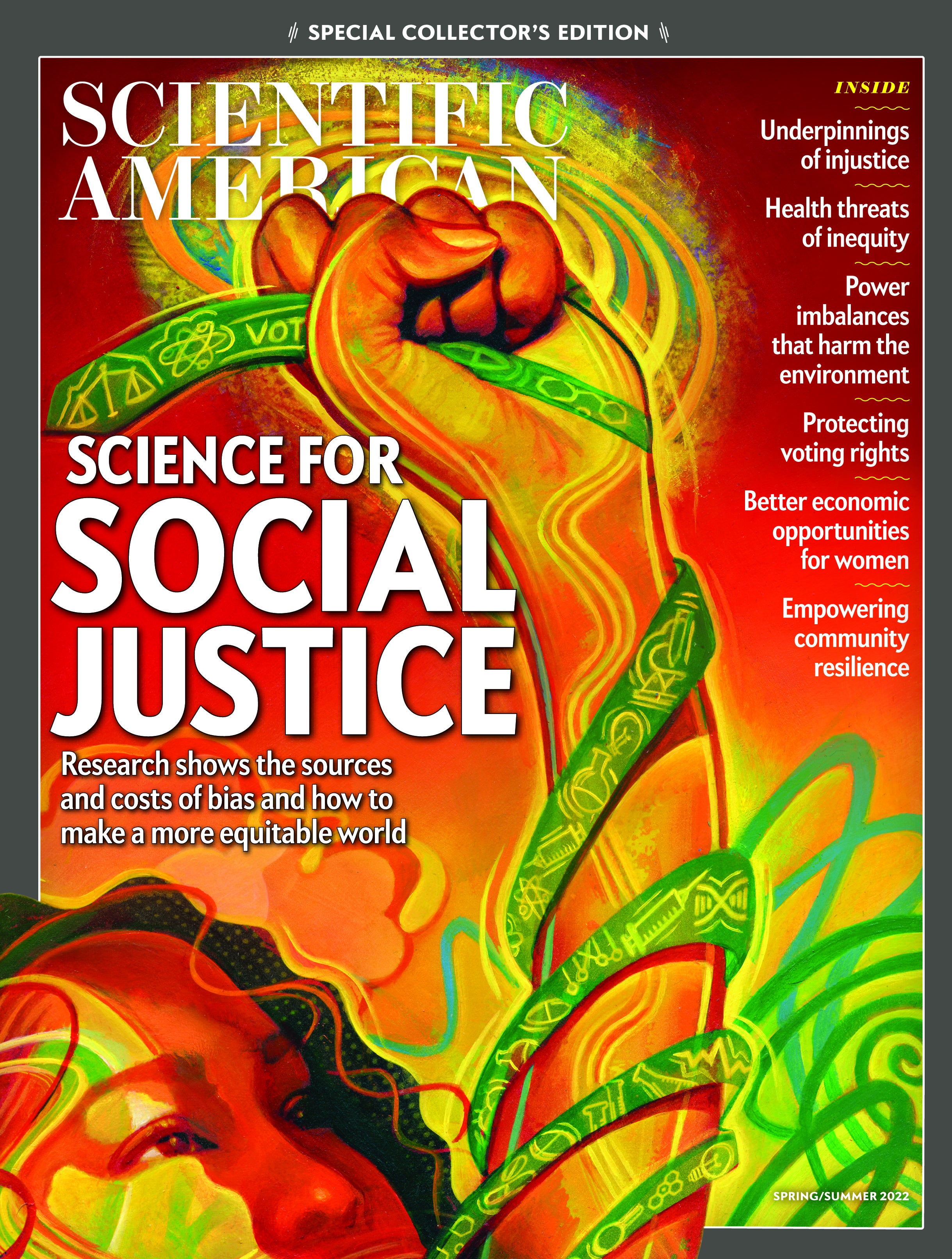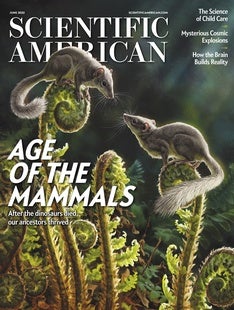 |
| July 14, 2022 |
Dear Reader,
This week is all about Webb. The James Webb Space Telescope, that is. Also known as JWST, this $10-billion observatory finally launched late last year after nearly three decades in development, on a mission to unveil the universe's very first stars and galaxies. The telescope's first batch of science images and data has now been released, and shows without a doubt that Webb was worth the wait. Our lead story introduces these images and some of the people behind them. For more Webb coverage, read our associated special report, watch our documentary short, and peruse an interview with one of its leading scientists and an essay about the mission's impact on humanity at large. Elsewhere this week, we have stories about new developments for the controversial telescopes of Maunakea, NASA's next spacesuits and more. Enjoy! |
| |
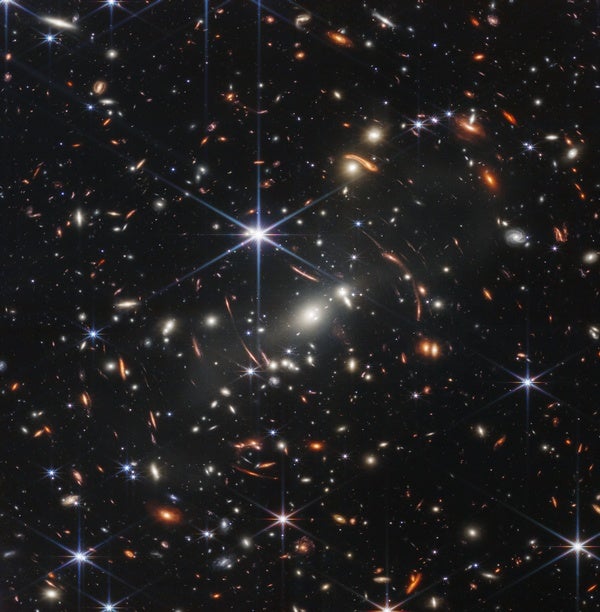 |
| |
| Astronomy The James Webb Space Telescope The most powerful observatory ever made promises to produce some of the most incredible discoveries of our lifetime and beyond | | | | |
| |
| |
| |
| |
| |
| |
FROM THE STORE
 | | Extraterrestrials and the Search for Life Do aliens exist? The enduring mystery of whether we're alone in the universe is a question that continues to drive scientific study into groundbreaking directions. This collection examines the latest thinking in the search for life, from discussing why we haven't found evidence of aliens so far to determining where and how to conduct the search to opening up the possibilities for what otherworldly life could truly look like. |  | | |
| |
FROM THE ARCHIVE
 | | | |
LATEST ISSUES
 |
| |
| Questions? Comments?  | |
| Download the Scientific American App |
| |
| |




